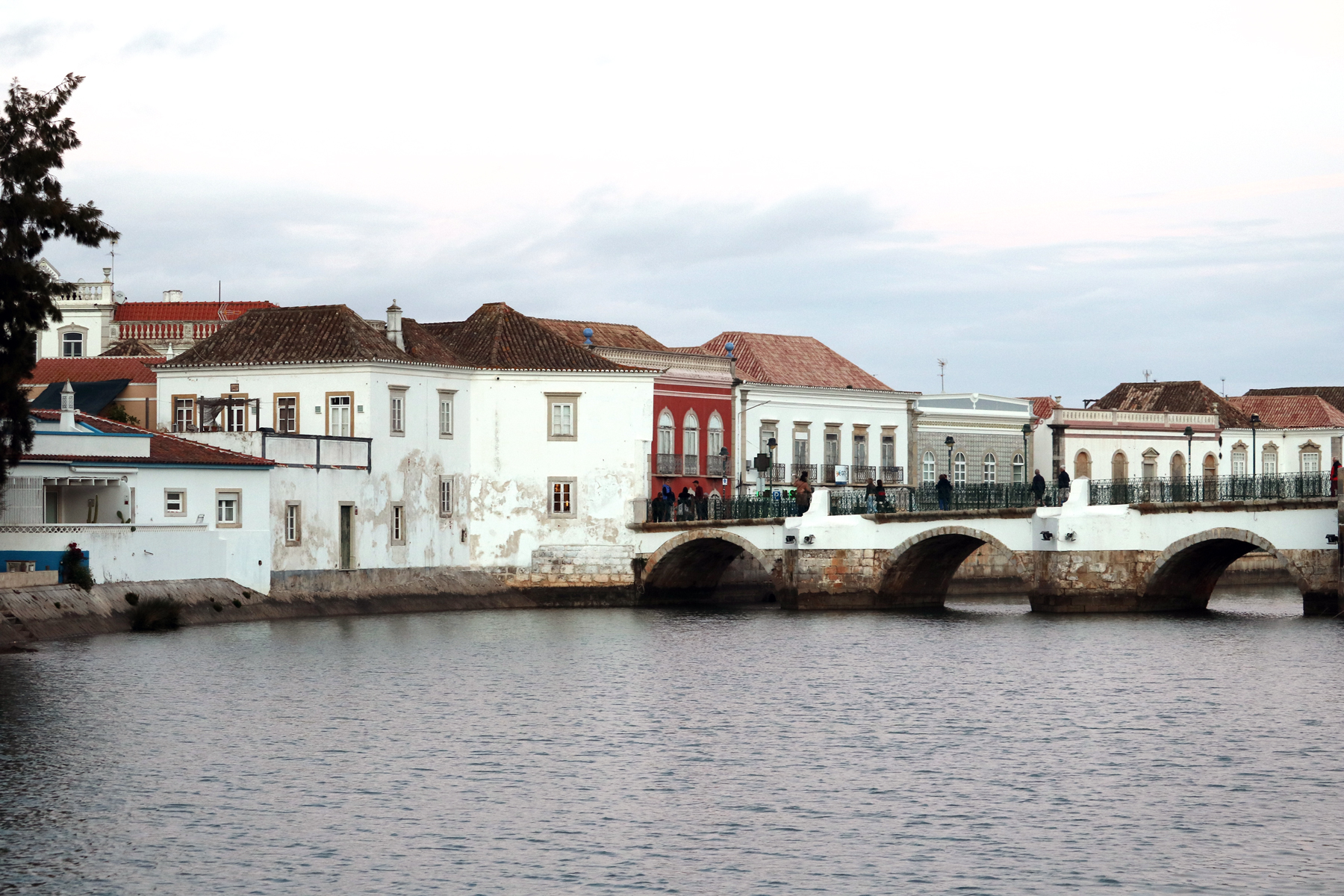The southern region of Portugal – known as the Algarve – is home to many pretty towns and villages. This is a great area to visit if you love cobbled streets, tiled houses, flowers spilling from windows, and colourful doors. In this post, I’ve shared my top two favourite towns to visit if you’re in the Algarve.
Ferragudo
This little fishing village located on the banks of the Arade River is a must-see. Bordered by cliffs and sandy beaches, Ferragudo has that old-world charm and traditional Portuguese vibe that you’d expect in a southern Portuguese village. Whitewashed cottages, cobbled streets, hilly paths, colourful doors, and flower-filled lanes make Ferragudo an excellent place to wander and let life slow down for a bit.
The village itself is fairly small, making for a nice half-day trip, though its location to nearby cities, beaches, and walking routes make it a good spot to base for a few days or at least to spend a full day.
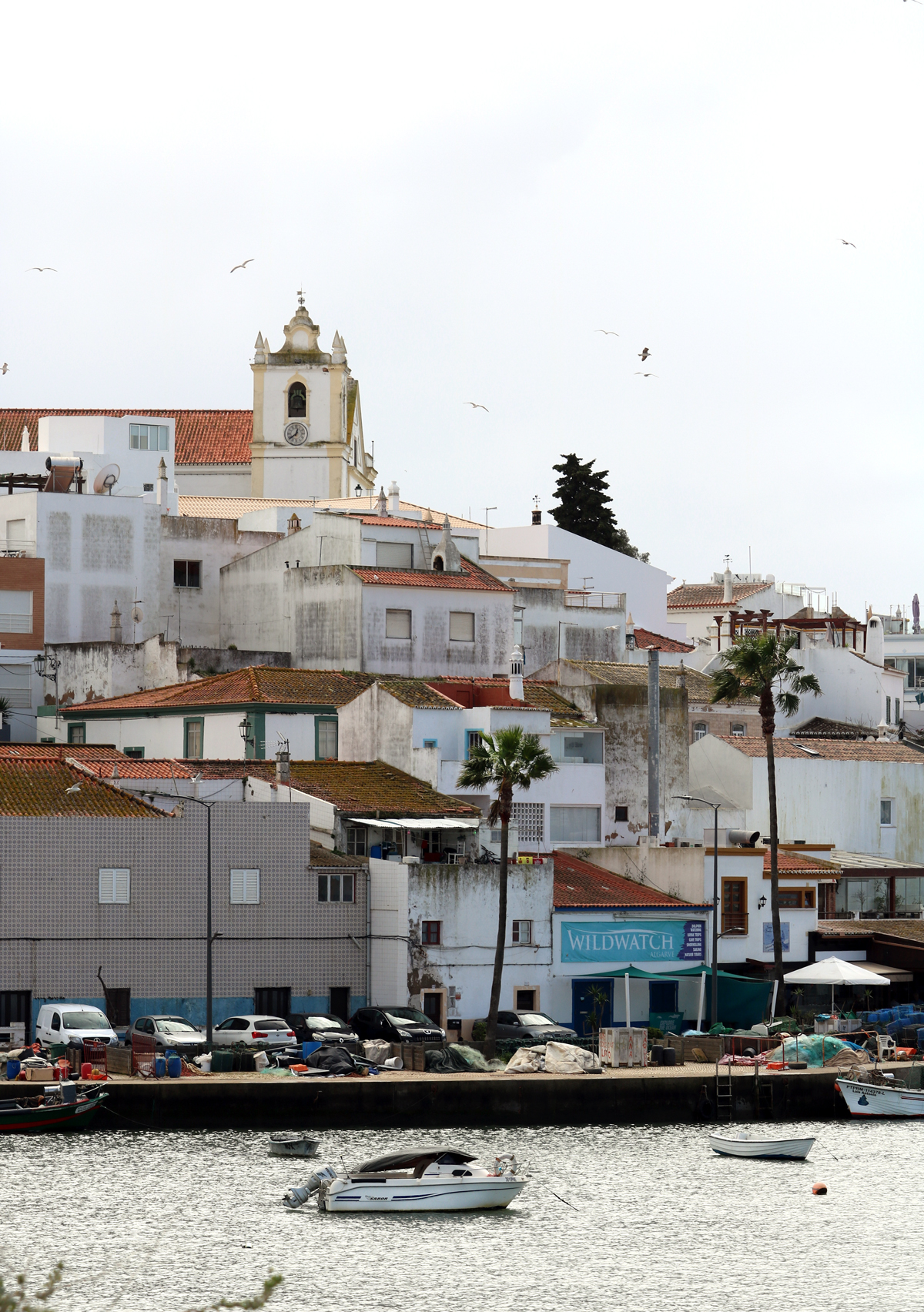
Must-Do:
Wander the hilly streets: Exploring the narrow, cobbled streets of Ferragudo is the best way to get to know the village. Flower-filled lanes, colourful doors, and tiled houses are waiting to be discovered.
Eat in the Praca Rainha Dona Leonor: The main square of Ferragudo is filled with cafes, restaurants, and open terraces where you can relax, soak in the atmosphere, and enjoy the slower Portuguese lifestyle.
Visit the Igreja de Ferragudo: This white and yellow church dominates the village skyline and offers sweeping views across the Arade River to the other bank where Portimao, and the Portimao Marina are located. The building itself is beautiful and worth taking some time to appreciate.
See the local area: The Fort of Sao Joao de Arade is situated just outside the old town of Ferragudo. Although the fort is not open for tours, this lovely terracotta castle sits on a cliff overlooking the Arade River, making for neat photos from the nearby beach, Praia da Angrinha.
Photograph the Rua Primeiro de Maio: This is one of the prettiest streets in Ferragudo and frequently features on local postcards. When you see the colourful houses and overarching florals and vines you’ll understand why.
Enjoy the beaches: Ferragudo has its share of sandy beaches and, being close to the Atlantic Ocean, offers excellent opportunities for surfing, paddleboarding, kayaking, and snorkeling. The Praia da Angrinha is the main beach which connects with the Praia Grande and provides nice sandy stretches that look across to the Portimao Marina. The Praia do Pintadinho is located just past the mouth of the Arade River and directly on the Atlantic Ocean; here you’ll find arches and sea caves to explore in between swimming sessions.
Walk cliffside: The Algarve is know for its epic coastal cliffs, secluded coves, and sunset viewpoints. A popular walking trail is the Trail of Headlands (Caminho dos Promontorios) that leads to the Ferragudo Lighthouse (Ponta do Altar). A bit further afield, you’ll find the Pergolas dos Tres Castelos, across the Arade River along the Atlantic coast at the Praia dos Tres Castelos. Further down the coast is the pretty little village of Carvoeiro where you’ll find an excellent coastal walkway that connects to limestone caves you can visit (highly recommend!).
Take a boat ride: Ferragudo sits on the banks of the Arade River meaning you’ll have plenty of boat tour options to choose from, including the Bengil Cave Tours and upriver boat trips to Silves (a city definitely worth visiting for its castle and small-town vibes).
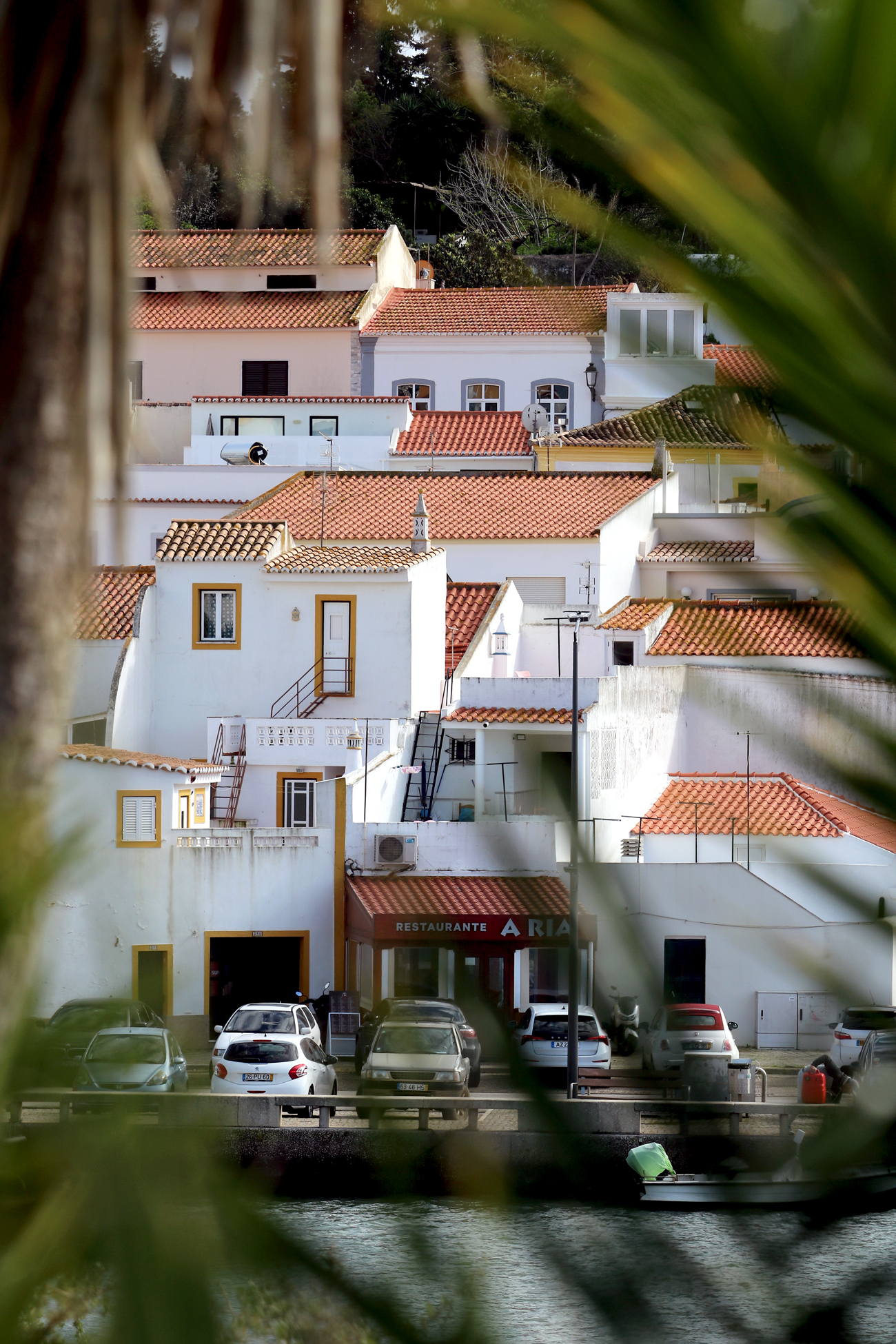
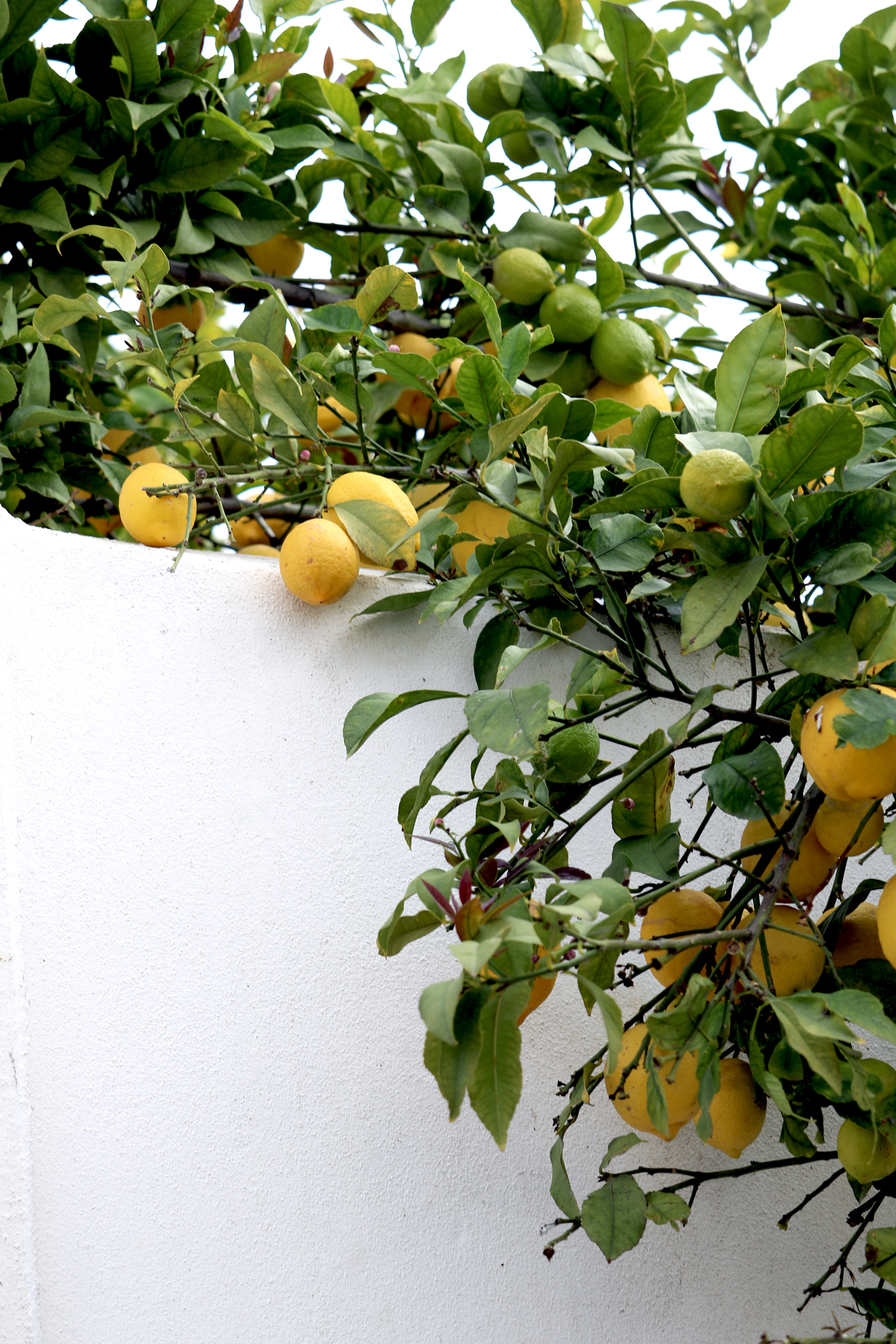
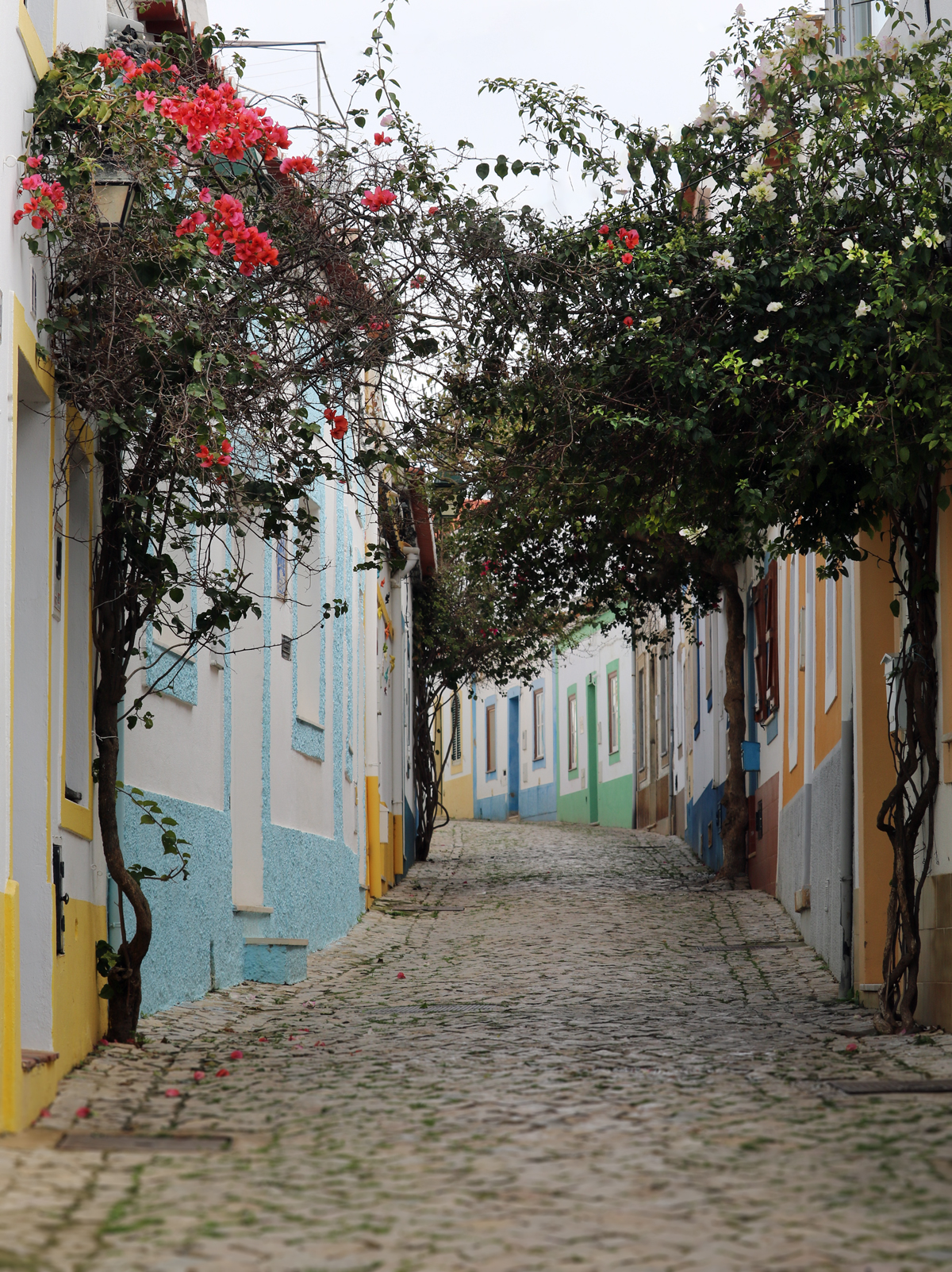
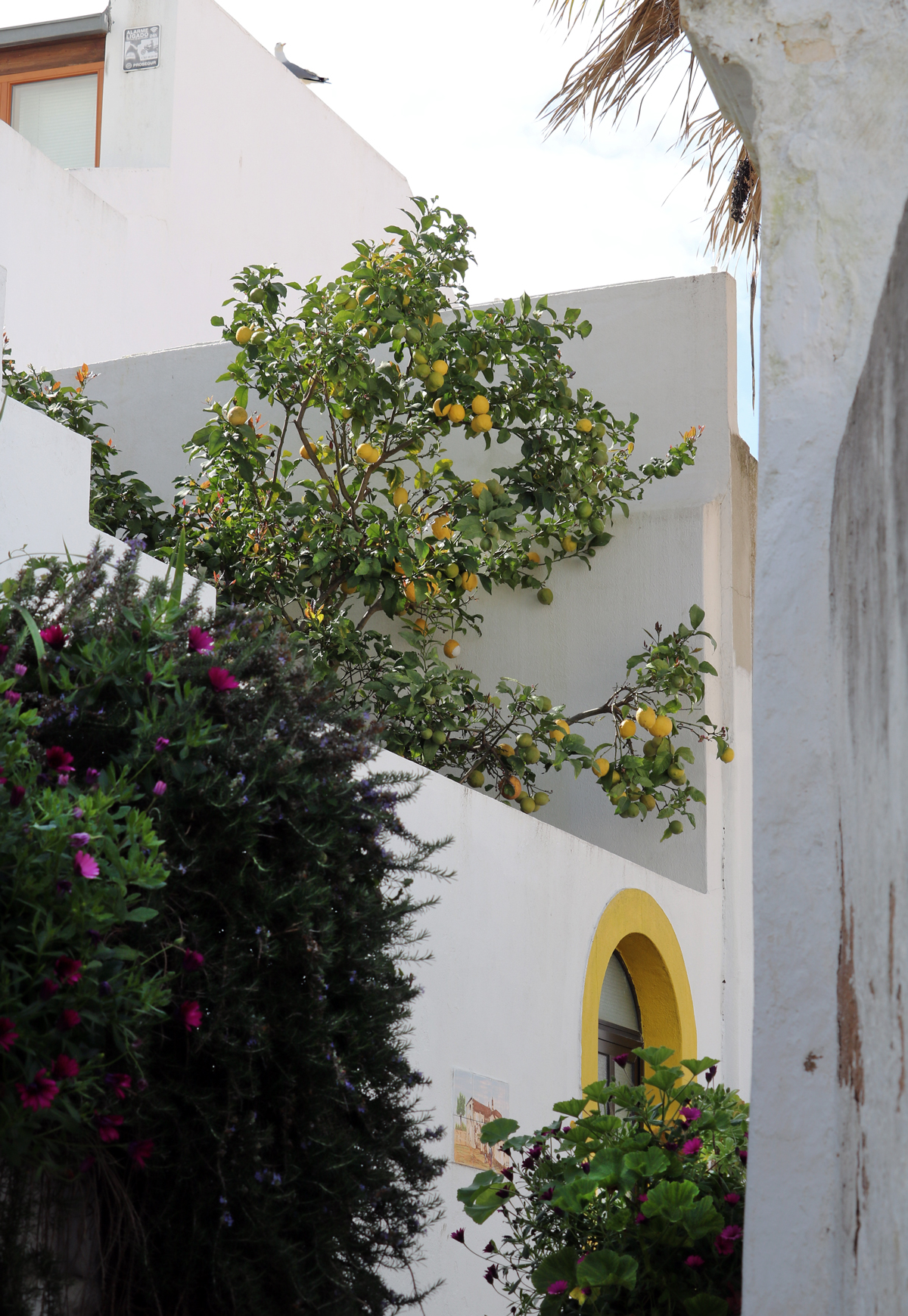
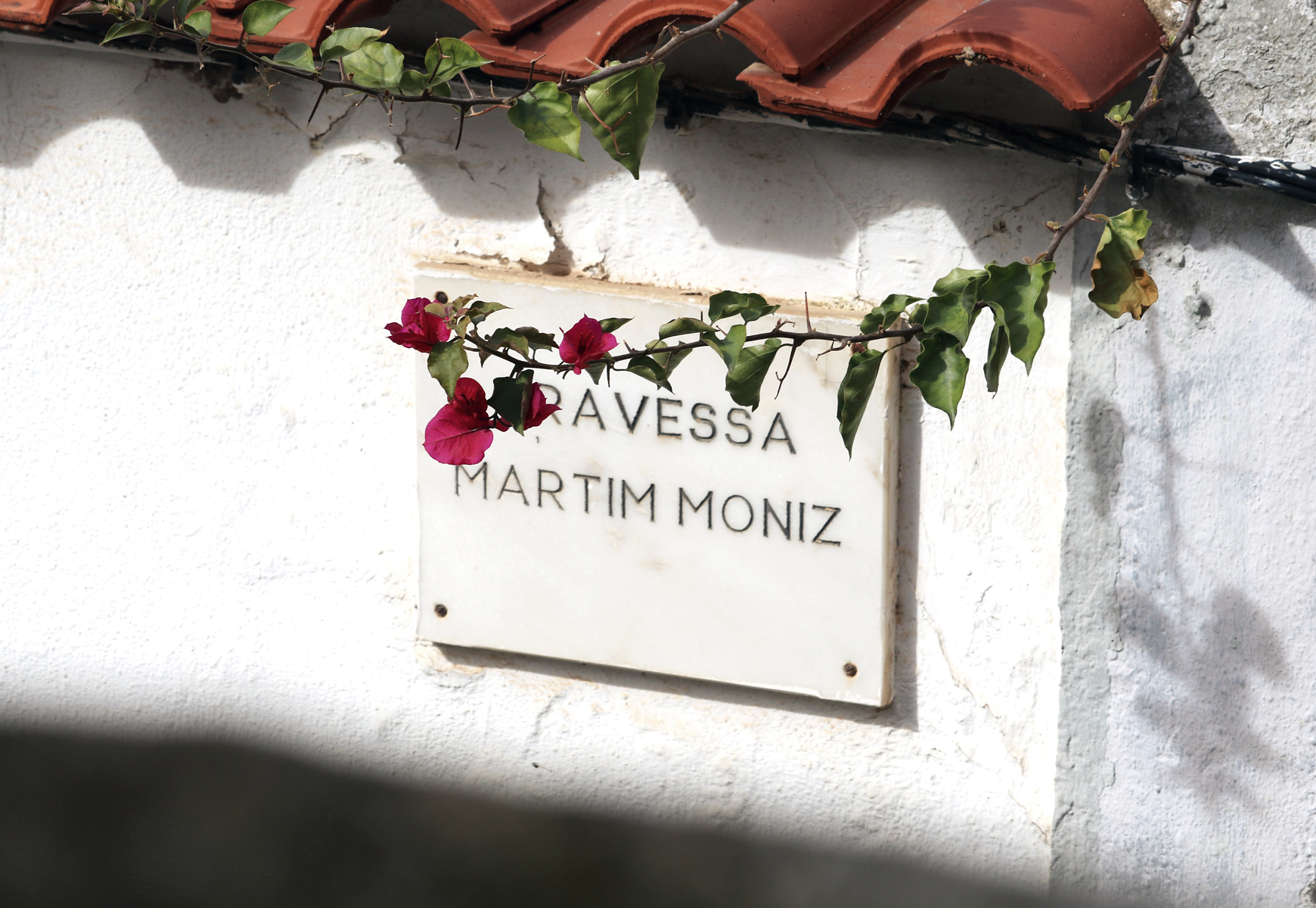
How to Get There:
Ferragudo is less than an hour drive from Faro where the nearest international airport is located. If you aren’t renting a car, you can take the train from Faro to Portimao and from there catch a ferry, bus, or taxi to Ferragudo.
Getting Around:
The best way to get around Ferragudo is by foot. The village is compact making it easy and quick to get to the sites, beaches and restaurants. If you’re venturing further out of town, you can rent a bike to access coastal walkways and beaches. Renting a car is a good option for accessing the towns of Lagos, Carvoeiro, Albufeira, etc. The train station in Portimao and local bus routes will also connect you to regional cities if you choose to not rent a car.
Tavira
Having read that Tavira is one of the prettiest towns in the Algarve, I decided to spend my birthday weekend here. It didn’t disappoint.
This charming Portuguese village lies on the banks of the Gilao River and offers a labyrinth of cobbled streets, traditional tiled houses, over 36 church buildings, and remnants of the city’s former walled defenses to explore. Tavira makes a great day trip but also offers enough to fill a leisurely weekend; like Ferragudo, Tavira works as abase to explore nearby regions and cities such as Olhao, Faro, and Vila Real de Santo Antonio.
Due to its location on the eastern side of the Algarve region, Tavira tends to draw smaller tourist crowds than Lagos, making for a more enjoyable experience. While it delivers small-town vibes, the town offers excellent accommodation options, such as the Downtown Alegria B&B (* affiliate link to Expedia listing) where I stayed while there. The b&b is near to the river and historic centre, and I really enjoyed my experience.
The town is not know for its nightlife and isn’t close to any waterparks or theme parks. You won’t typically find the party-goers here which makes Tavira a great destination for a more low-key and authentic getaway.
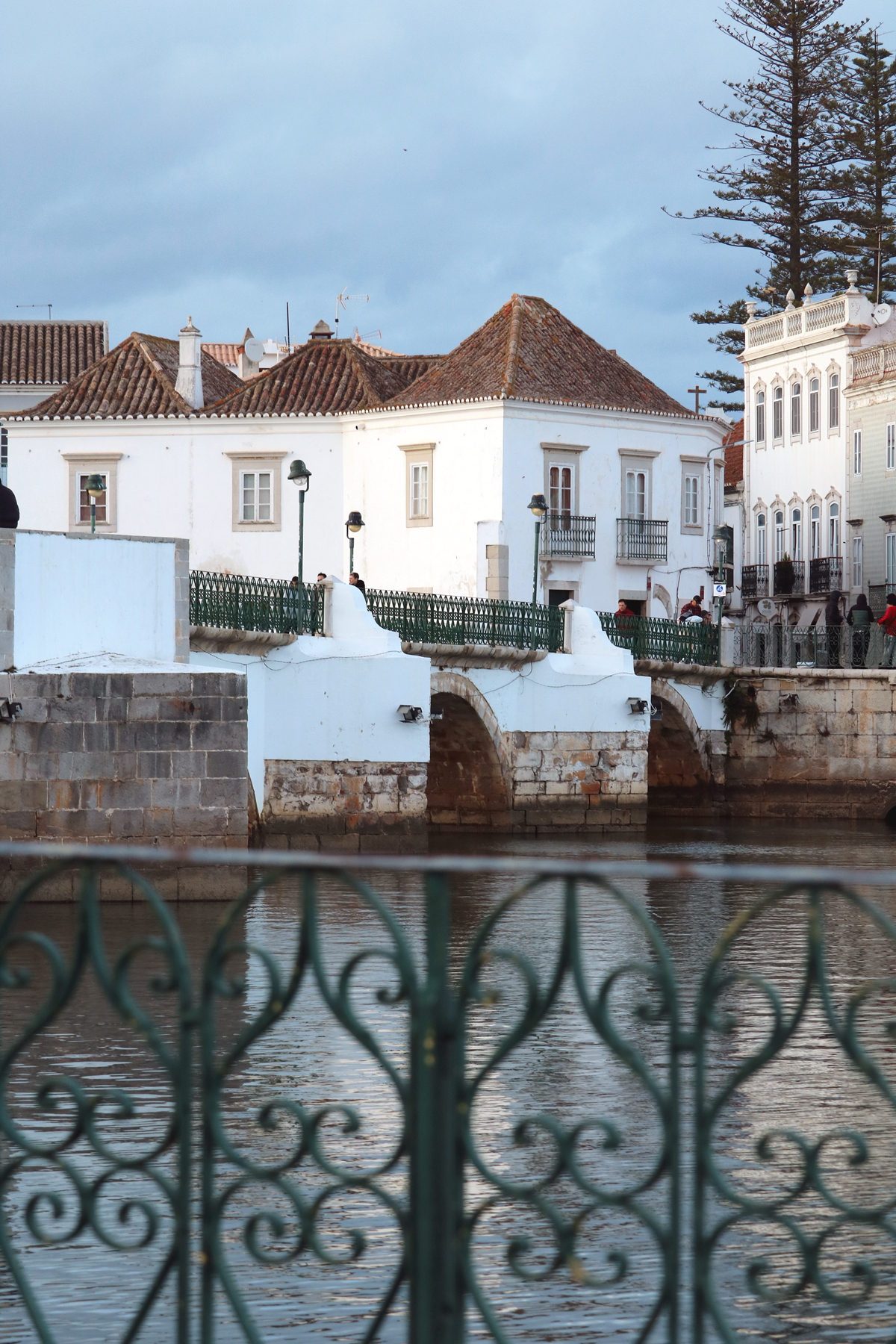
Must-Do:
Explore the historic centre: Wander on foot through the Moorish remains, cobbled streets, and blocks of tiled houses. Start at the Gilao River, noting the traditional fishing houses, and work your way to the Gothic Santa Maria church. Due to its compact nature, Tavira can be explored in a day, leaving you time to ferry out to Ilha de Tavira or enjoy the beach Praia do Barril if you are here for a couple days or more.
Walk along the Gilao River: The Gilao splits Tavira in two and the prettiest bridge crossing it is the Ponte Romana (Old Roman Bridge). An evening stroll along both banks of the river is a lovely way to end your day.
Stroll through the Jardim do Coreto: Join the locals for a stroll and a gelato.
Take in the views from the Castelo de Tavira: The ruins of the castle and defense systems are free to enjoy and highly recommended making time for. Climb up the walls for sweeping views of the town and river. There is a nice, well-maintained garden area near the walls, too, which is worth stopping to enjoy. (Note: some of the stairs to access the tops of the walls are extremely steep and uneven, so beware! It is also possible to get nice views without climbing the walls.)
Visit the Praca da Republica: This square is the main town hub. You might find events taking place here; there are lots of shops and restaurants as well as a mini amphitheatre-like seating area. It makes a good place to start your tour of Tavira or just enjoy a coffee and some down time.
Visit the Igreja da Misericordia: This “Church of Mercy” was built in the mid-1500s and features a Renaissance facade, believed to be the work of local architect and stonemason Andre Pilarte. The interior is worth seeing, and Fado sessions also take place here throughout the week.
Explore the fishermans’ quarter: This section of town gives you a feel for how Tavira looked as a busy tuna fishing port.
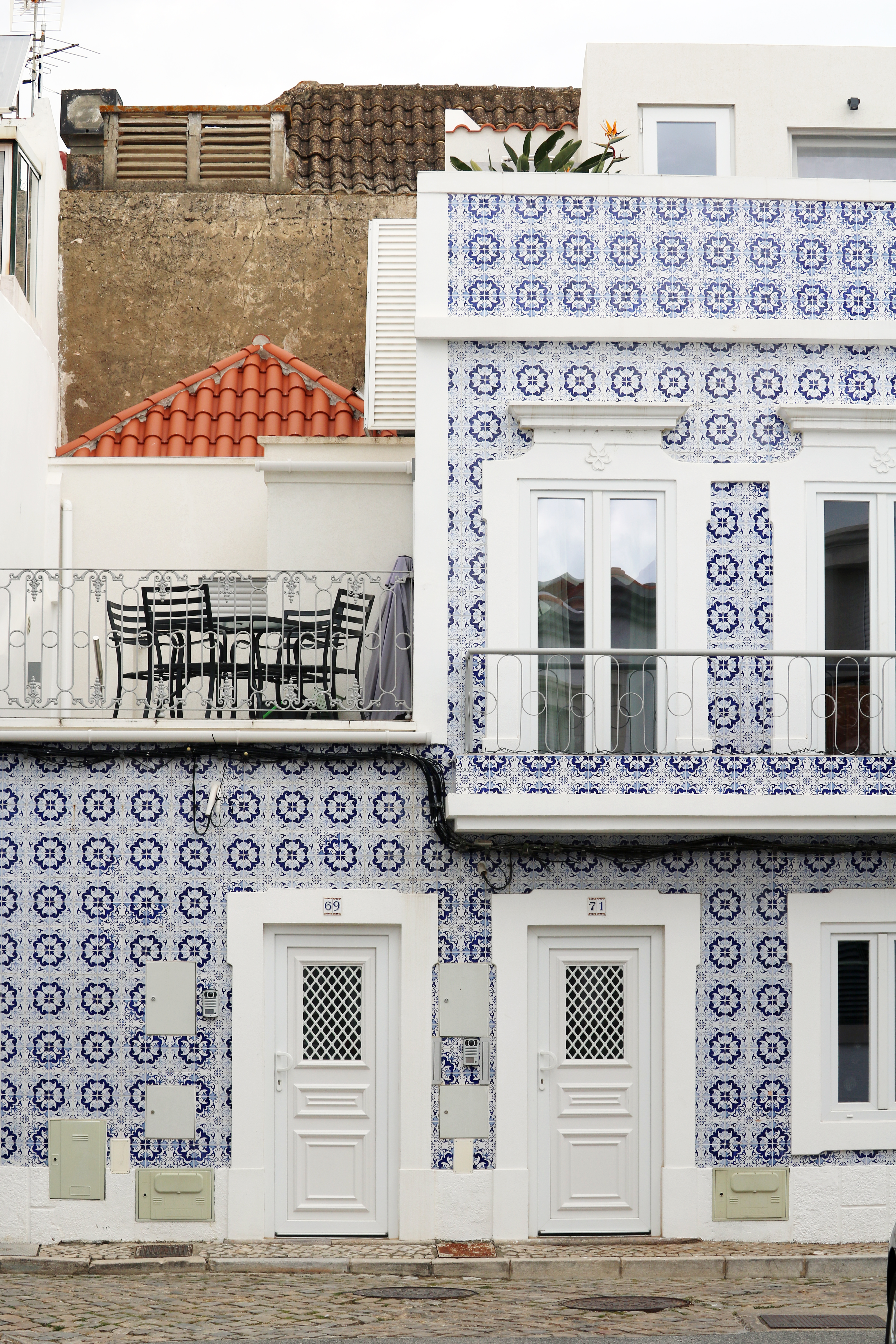
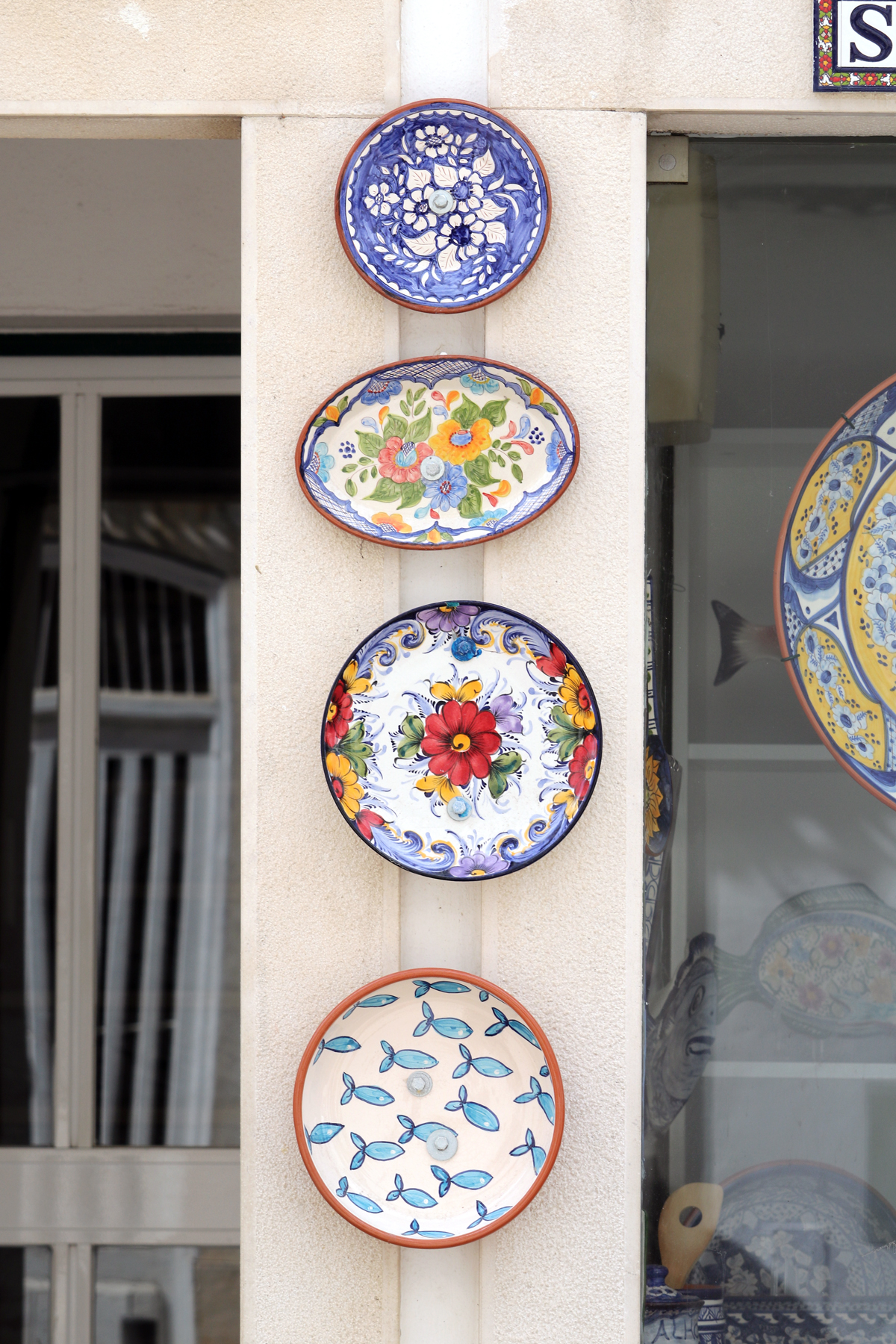
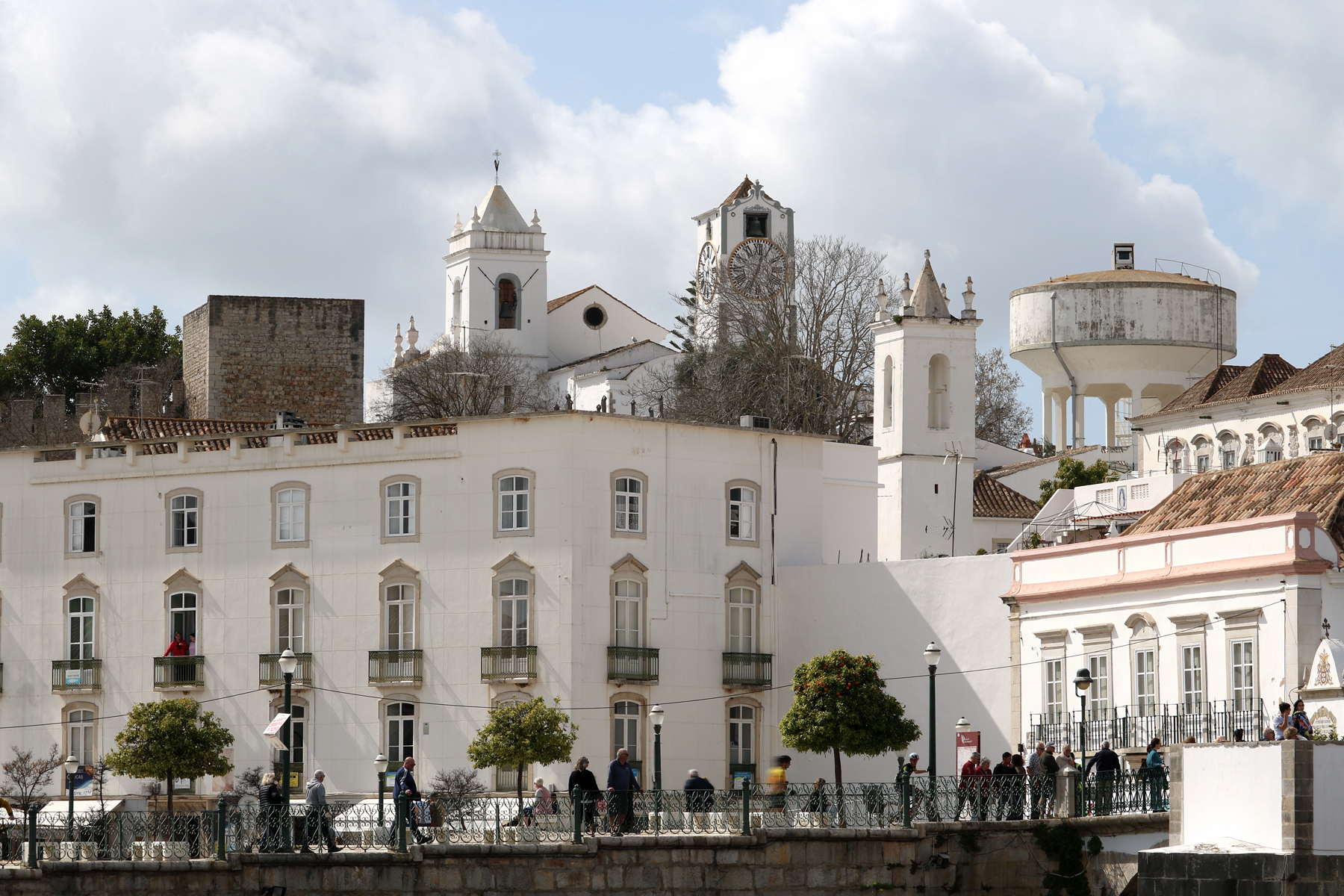
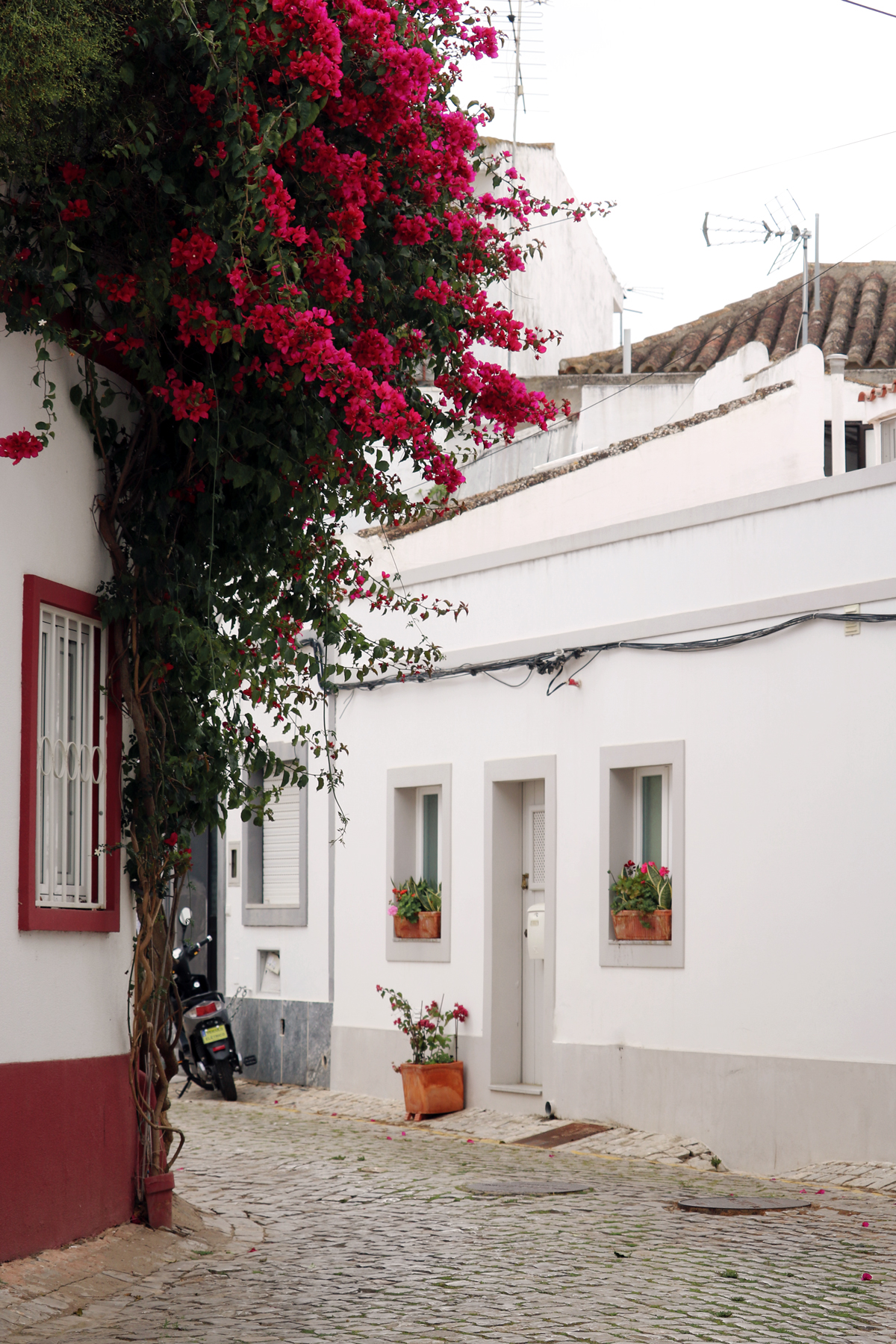
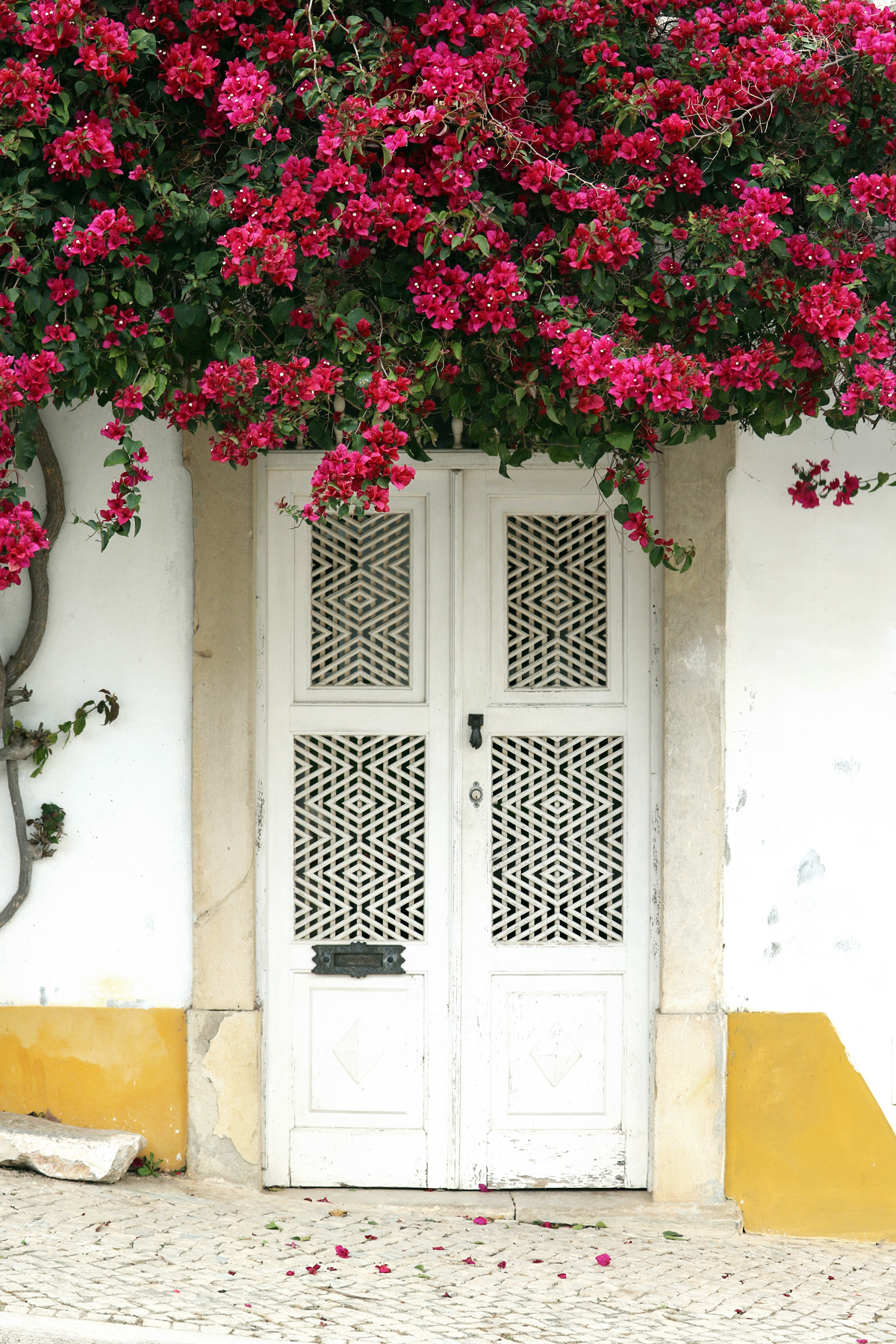
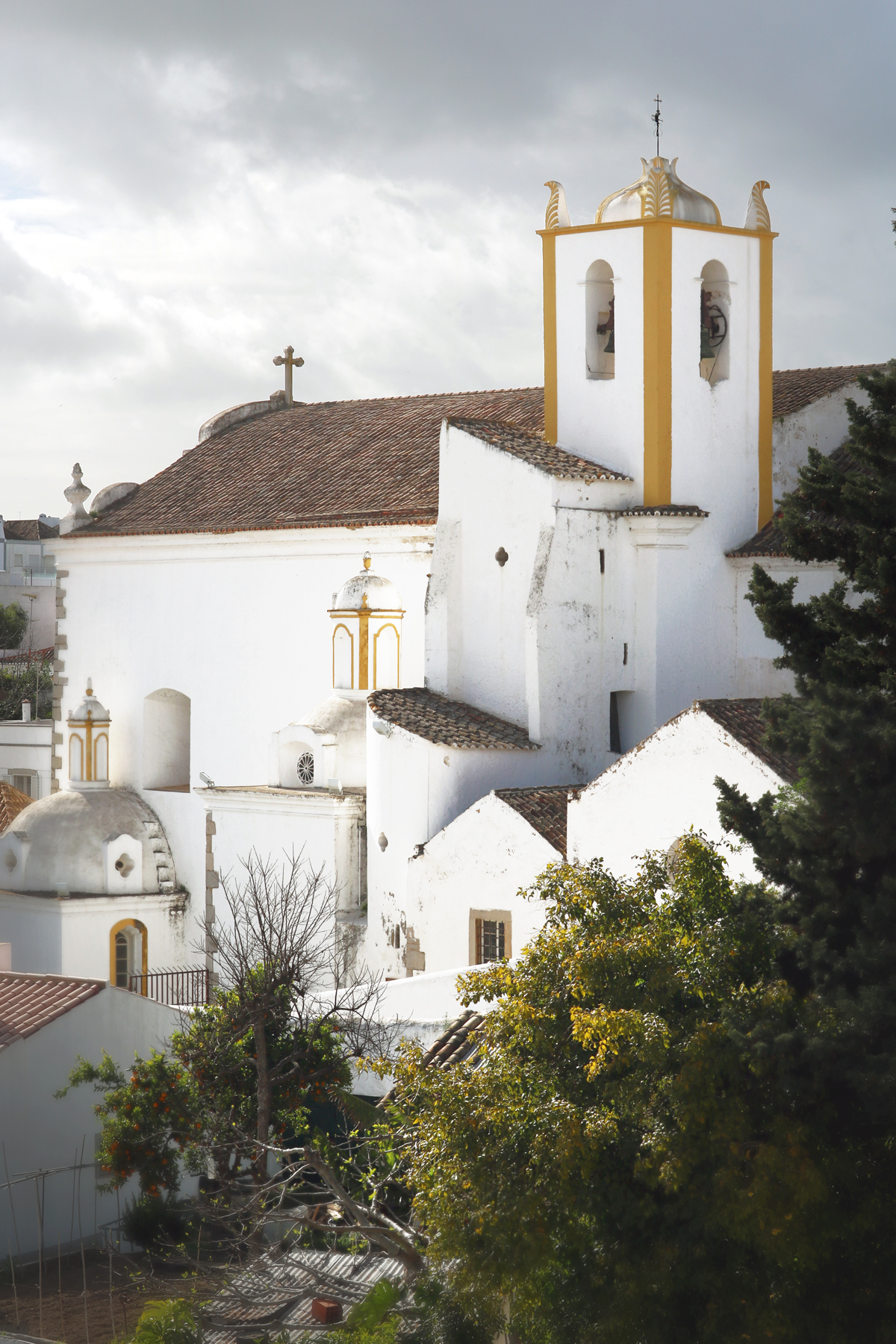
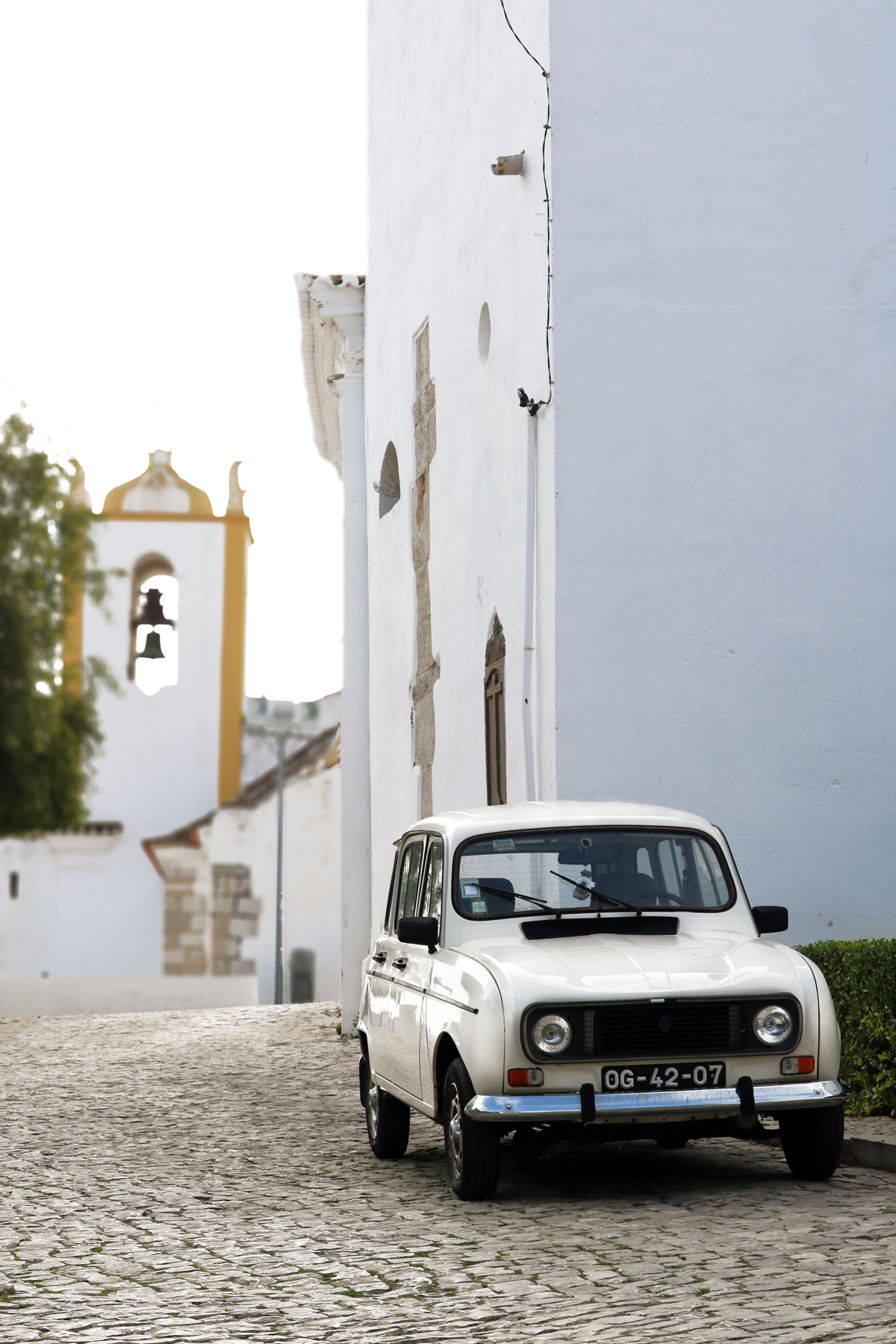
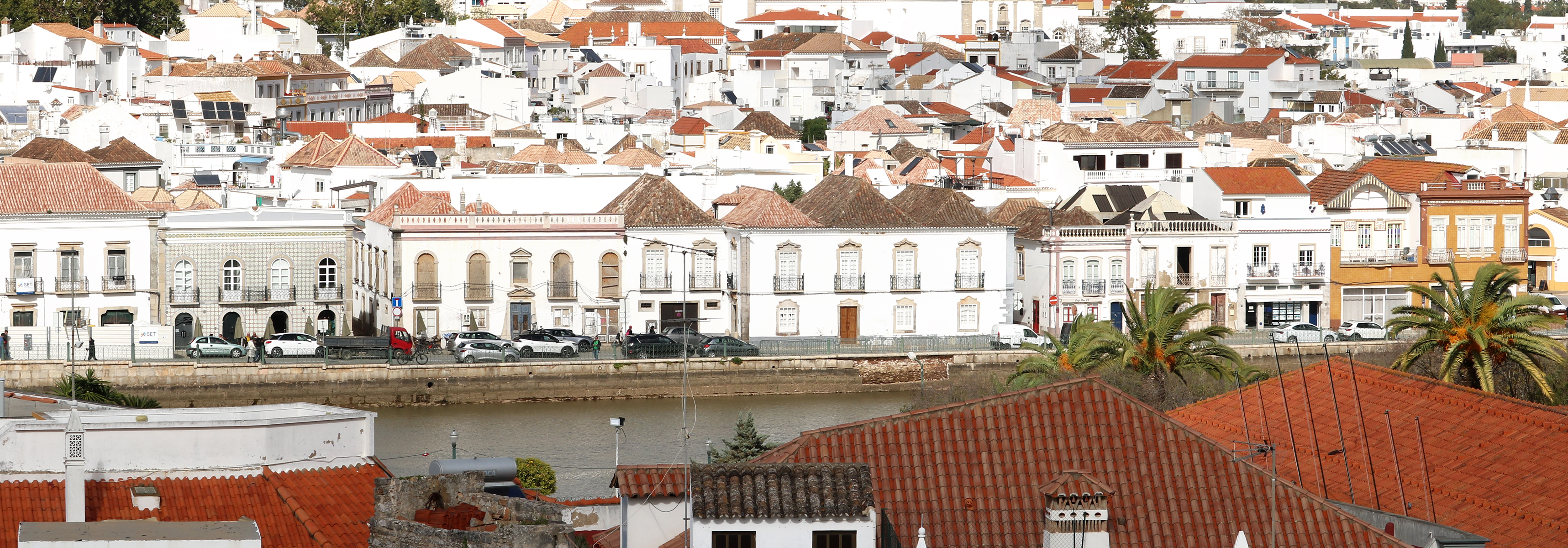
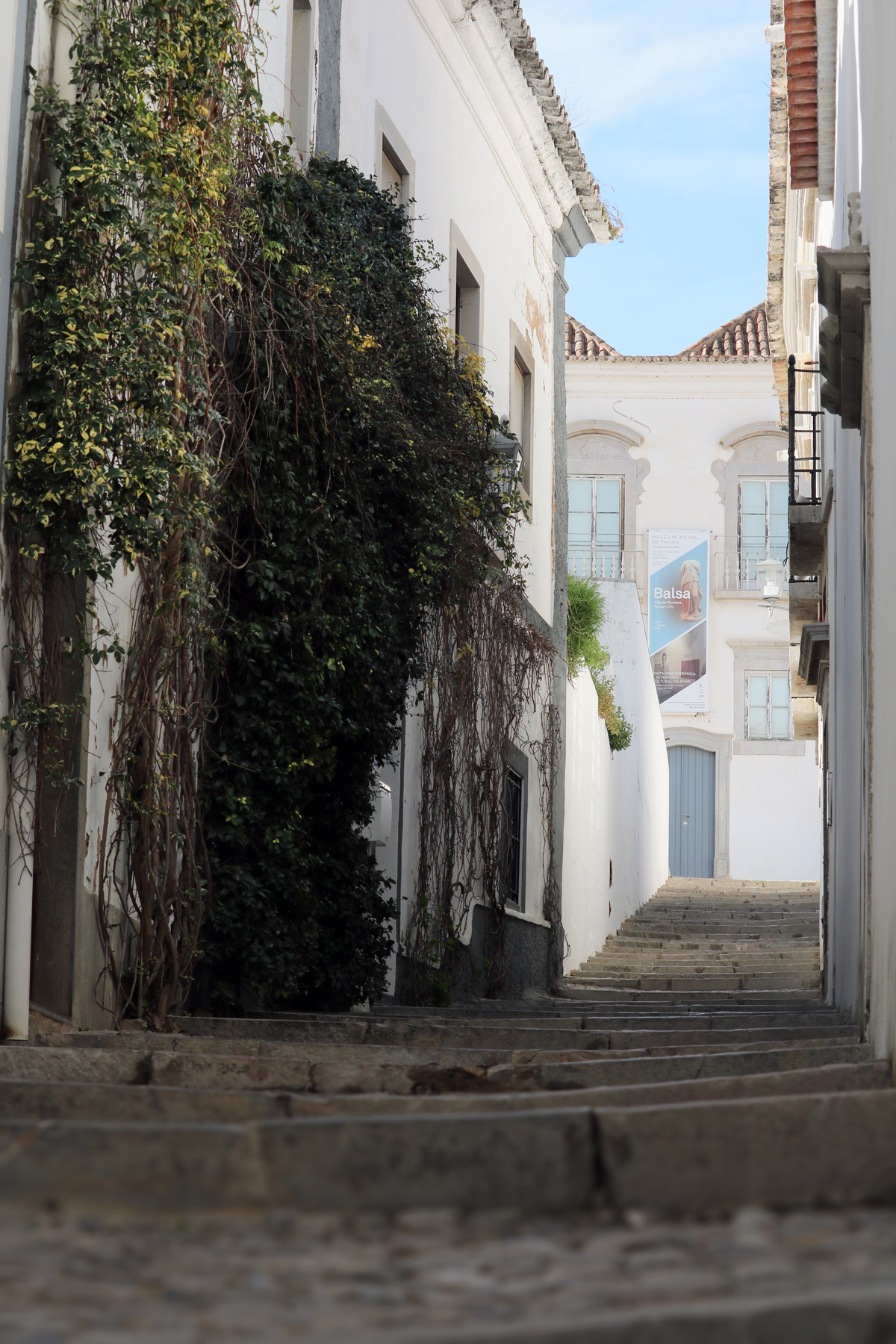
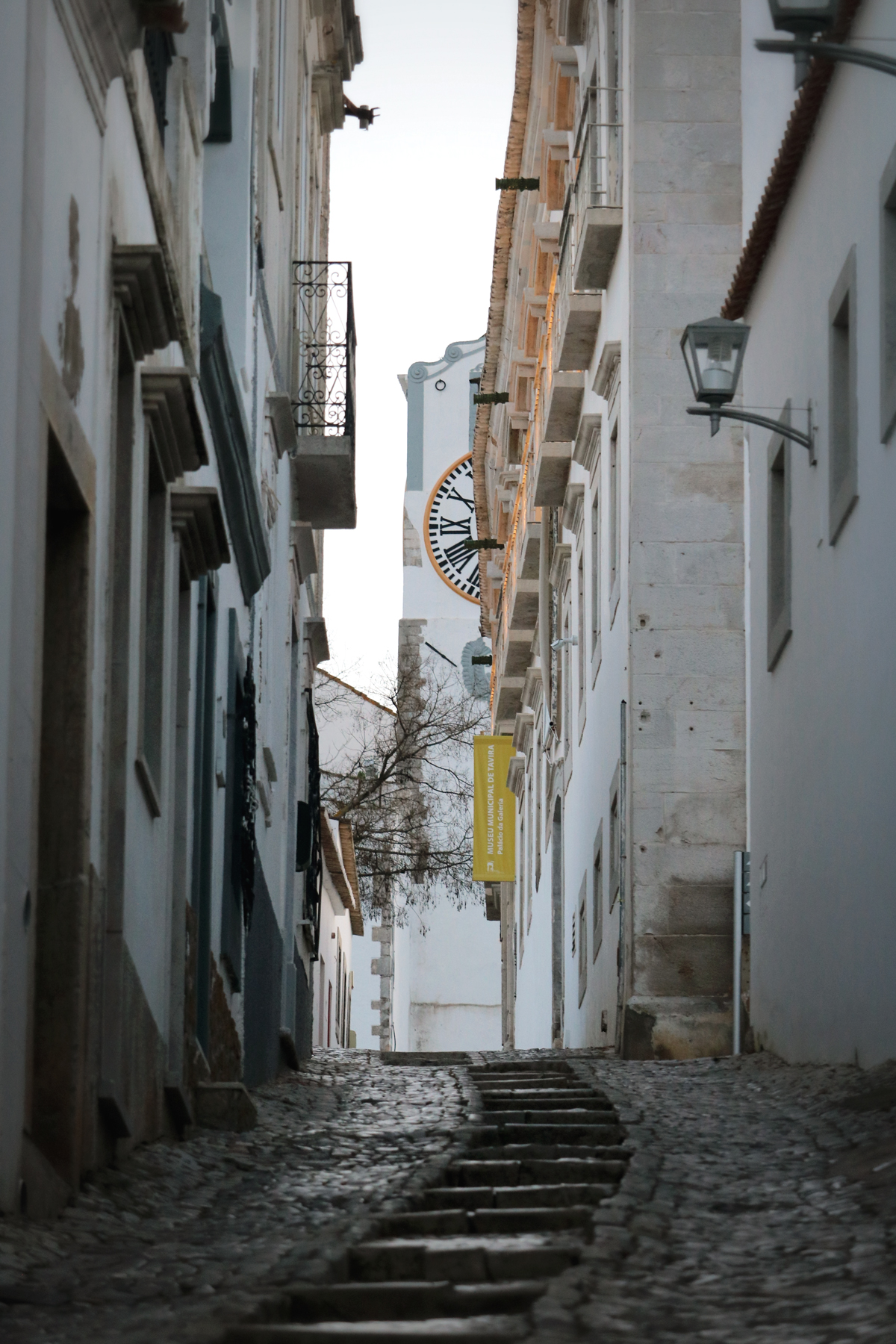
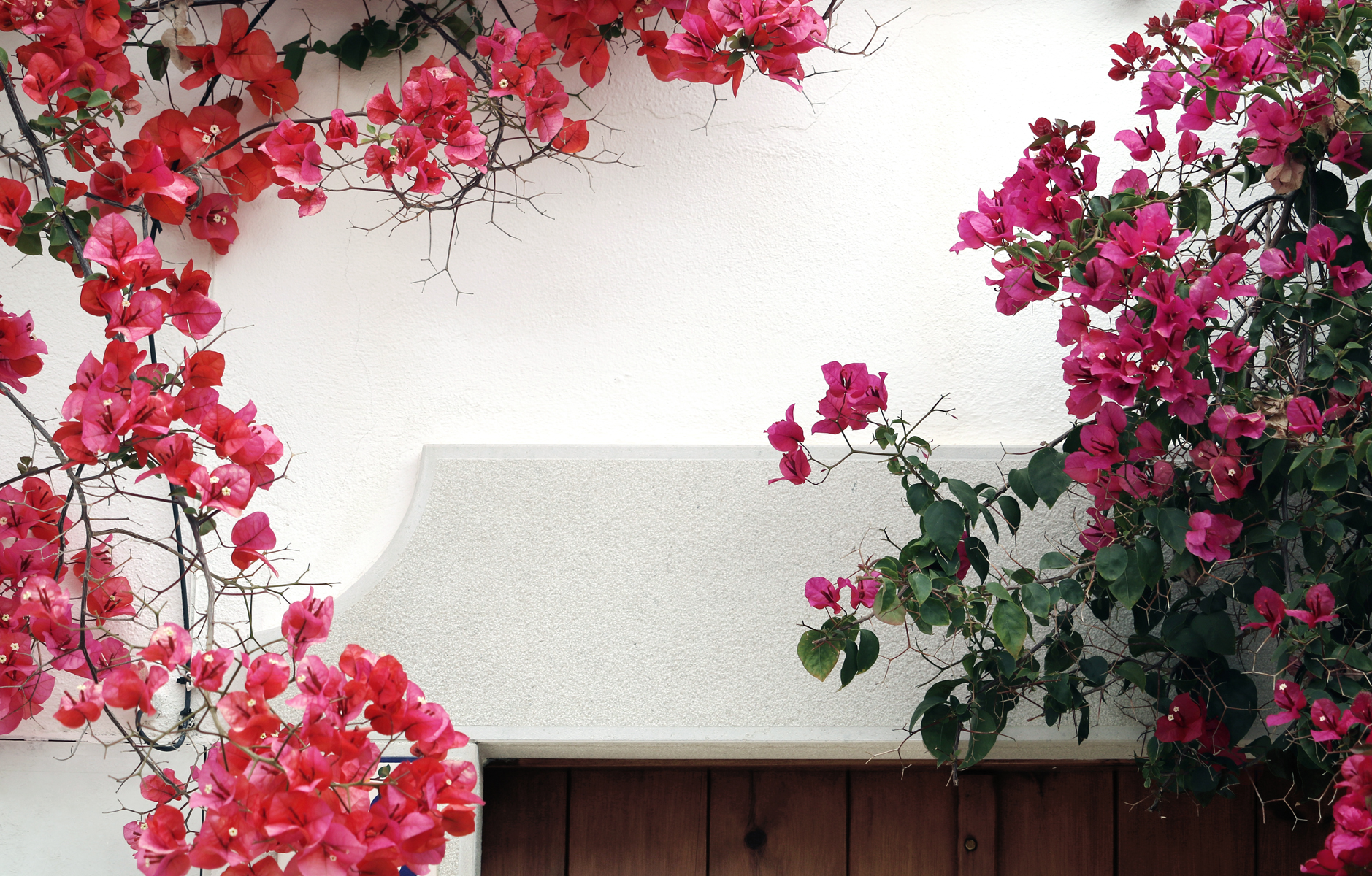
How to Get There:
Tavira is easier to access than Ferragudo. The town is about a 40-minute drive or about 45 minutes by train from Faro.
Getting Around:
As with Ferragudo, explore Tavira on foot to really see and appreciate the town’s charm and character. The Tavira train station is about a 15 minute walk from the town centre and connects you with other major cities in the Algarve.
While Ferragudo and Tavira are my top recommendations for pretty towns in the Algarve, this region is filled with lovely places and villages that make for an unforgettable experience.
